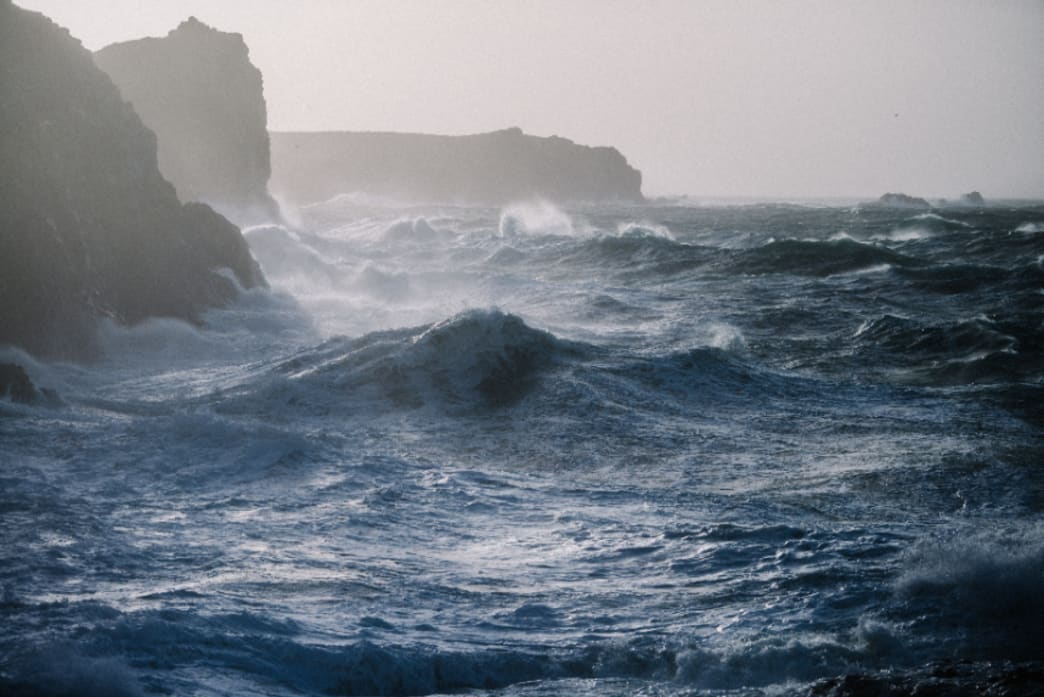US Customer Support
US-based Customer Support
Free US Shipping on Orders Over $100

For most of history, man has had to fight nature to survive; in this century he is beginning to realize that, in order to survive, he must protect it.
―Jacques-Yves Cousteau
Each year on June 8 (this past Wednesday), the UN sponsors World Oceans Day. With a different theme each year, the goal of the commemorative day is to remind everyone of the major role the oceans play in our everyday life—a role that we don’t often see the effects of day to day. So, in 2008, the United Nations General Assembly decided that, beginning June 8, 2009, each June 8 would be designated by the United Nations as “World Oceans Day.”
This year, the theme for World Oceans Day is “Revitalization: Collective Action for the Ocean,” which hopes to illuminate the communities that are working together to develop ideas and solutions for protecting and revitalizing the ocean as well as everything it sustains.
As the UN website says, the oceans are “the lungs of our Planet” as well as a source of food and medicine for people around the world. What does it mean to function as the lungs of the planet? We know that the metaphor has often been ascribed to our world’s rainforests as they draw in carbon dioxide and breathe out oxygen (and the amount of carbon dioxide they absorb or produce varies greatly year-to-year based on variations in climate). But the ocean produces at least 50 percent of the planet’s oxygen and it is home to most of earth’s biodiversity (check out our recent blog post on biodiversity), providing the main source of protein for more than a billion people around the world. Additionally, oceans absorb about 30 percent of carbon dioxide produced by humans, which helps to offset the impact of global warming.
As a main life source, the oceans support humanity’s sustenance and that of every other organism on earth. And as such, the ocean is key to our economy—in fact, an estimated 40 million people will be employed by ocean-based industries by 2030. So, it would seem that maintaining their viability would be important not only for the wildlife that currently inhabits their waters, but for humans’ longevity as well.
The future of our oceans is currently at risk. Several threats face our planet’s oceans daily, including: ocean dumping, land runoff, dredging, nitrogen oxides and sulfur oxides (the two main pollutants found in shipping emissions), acidification, rising sea levels, depletion of ozone through substances such as CFCs and Halon, waste and noise pollution from ships, oil spills, and plastic pollution. But through increased awareness, education, and opportunities to help, we can take the actions needed to address and reverse the damage we’re currently doing.
Luckily, there are many organizations around the planet currently working to save our oceans. Each of these offer campaigns and activities that allow you to easily participate by spending time and energy furthering their missions. This list from Planet Custodian offers 30 such organizations and includes links to their websites along with brief descriptions of each. From Greenpeace International—an environmental organization with offices in over 50 countries—to Bye Bye Plastic Bags—a youth-led organization started by two sisters in Bali—these organizations are widespread. Maybe one is in your backyard!
Additionally, many local municipalities offer resources on their regional bodies of water, which can provide ideas for how you can make better decisions daily to protect these through decisions made at home, around town, on the water—or anywhere. Check out this infographic designed by the National Ocean Service that lists 10 easy ways to help our oceans.
hBARSCI offers products that students and other curious individuals can use to scientifically explore ocean water, including this experimental kit that looks at the effect of salinity on seawater and this ocean water demonstration kit that explores the circulation, movement, and force of ocean water.